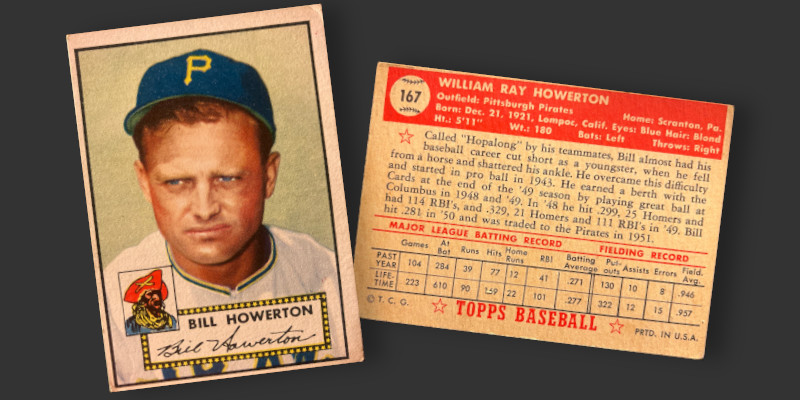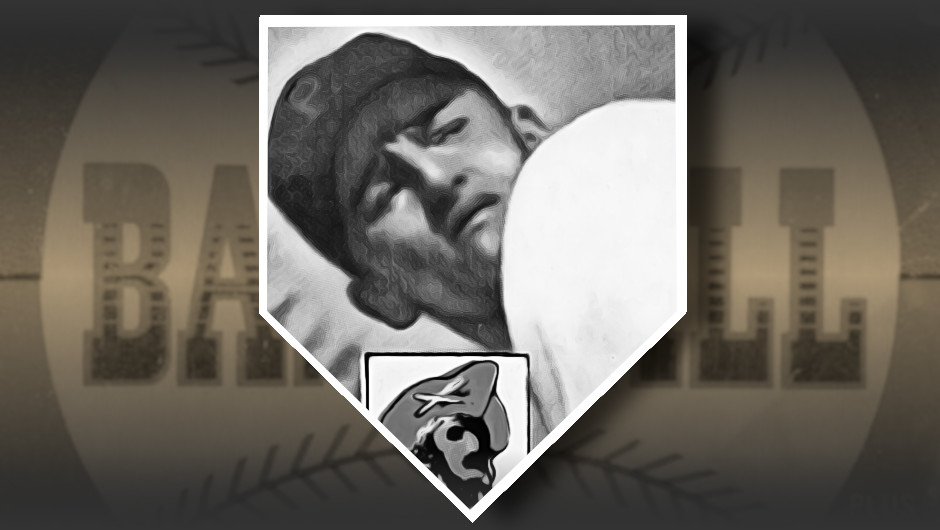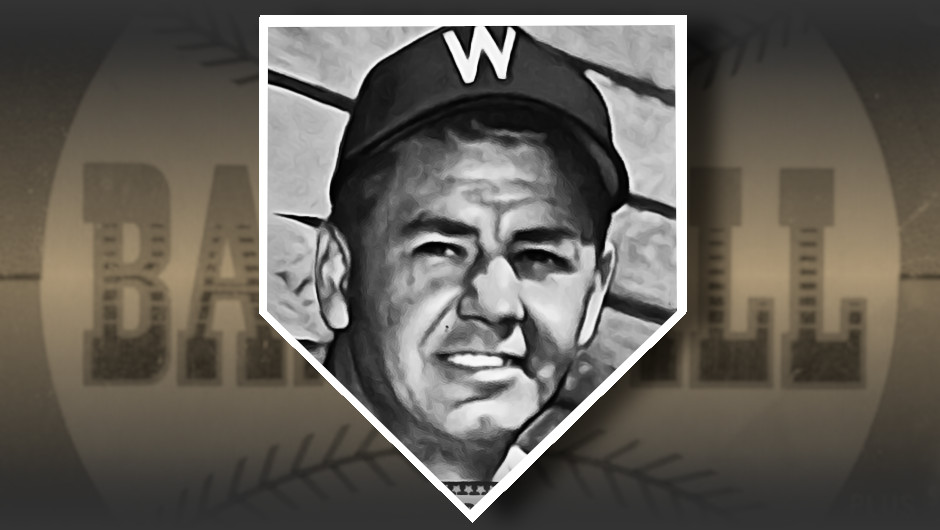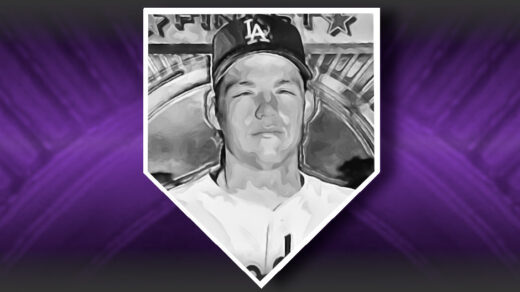There’s no getting around it: Despite having a team that looked like it could be competitive on paper, the Pittsburgh Pirates of the early 1950s were terrible. This is, after all, the club that in 1953 told reigning NL home run champ Ralph Kiner they “could finish last without you” as they sent him packing to Chicago.
Losing teams are typically thought of as low-scoring organizations. The Pirates of this era were not high scorers, but aside from a particularly abysmal 1952 they didn’t stray far from the National League average in run production. What sank the team to the bottom of National League standings year after year was the fact that they led the league in runs allowed every season from 1950-1955. Scoring marginally lower than average runs coupled with well above average runs allowed is a disaster.
There are several reasons for this state of affairs. The Pirates, now under the watch of Branch Rickey, were a financial dumpster fire. Payroll was kept low with any player showing the possibility of earning a higher salary elsewhere quickly traded or sold for cash (e.g. Cliff Chambers). The team began to assemble single-tool players and made sure to avoid guys whose only skills were on defense.
Bill Howerton fit this mold perfectly. He couldn’t run or field but was an absolute bargain bin steal at the bat for Pittsburgh. Howerton amassed a lifetime slash line of .274/.364/.472 with almost 20 HRs per 162 games. His weighted on-base average stood at .380, the highest by almost 30 points in MLB history for someone with a matching level of wins above replacement (2.7 games). Both Fangraphs (118 wRC+)and Baseball Reference (OPS+ 119) have him as about 20% better than the average big leaguer when at the plate.

This wasn’t just the fluke result of a brief 247-game MLB career. Howerton logged 11 seasons in the minor leagues, including three at the AAA level. While with top-level farm clubs, he generated a .901 lifetime OPS. This is the same as the MLB career OPS marks of Miguel Cabrera and Mookie Betts. While this doesn’t mean much in the transistion from AAA to MLB, Howertown was clearly one of the game’s best hitting “barely generated any WAR” guys out there. Sort of like the rest of his team.
Howerton’s 1952 Topps Card
The Bill Howerton baseball card joining my 1952 set building project starts off the player biography on the back by mentioning that his nickname is “Hopalong” Howerton. That datapoint is immediately followed by the news that he seriously injured his ankle as a child in a horseriding accident. Topps mentioned both items but did not complete the picture by tying together the fact that it was this injury that produced a pronounced favoring of one leg and subsequently led his teammates to give him a nickname inspired by his gait.

Howertown looks perturbed in the photo. Perhaps he has just learned he was being released by the Pirates, who cut him in the 1952 season’s first round of condensed rosters. Or, considering his resemblance to The Sandlot‘s Ham Porter, perhaps an erstwhile kid has just confused The Great Bambino with Bambi, prompting an exasperated Howertown to ask, “That wimpy deer?”









